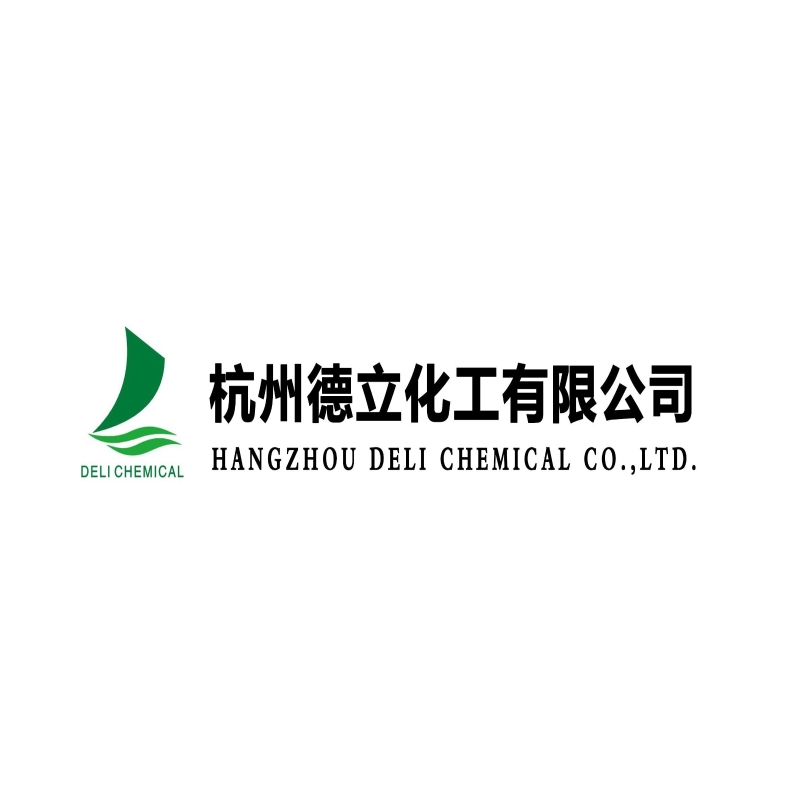-
Categories
-
Pharmaceutical Intermediates
-
Active Pharmaceutical Ingredients
-
Food Additives
- Industrial Coatings
- Agrochemicals
- Dyes and Pigments
- Surfactant
- Flavors and Fragrances
- Chemical Reagents
- Catalyst and Auxiliary
- Natural Products
- Inorganic Chemistry
-
Organic Chemistry
-
Biochemical Engineering
- Analytical Chemistry
-
Cosmetic Ingredient
- Water Treatment Chemical
-
Pharmaceutical Intermediates
Promotion
ECHEMI Mall
Wholesale
Weekly Price
Exhibition
News
-
Trade Service
3-(2-(Pyrrolidin-1-yl)ethylcarbamoyl)phenylboronic acid, HCl is an important intermediate in organic synthesis, which has a wide range of applications in the pharmaceutical, agrochemical, and fine chemical industries.
The compound can be synthesized through various synthetic routes, each with its own advantages and limitations.
In this article, we will discuss some of the most common synthetic routes for 3-(2-(Pyrrolidin-1-yl)ethylcarbamoyl)phenylboronic acid, HCl, and their applications in the chemical industry.
Synthetic Route 1: Via N-Alkylacetamide Intermediate
One of the most common synthetic routes for 3-(2-(Pyrrolidin-1-yl)ethylcarbamoyl)phenylboronic acid, HCl involves the preparation of an N-alkylacetamide intermediate, which is then treated with a boronic acid derivative.
This route is relatively simple and provides good yield, making it a popular choice in the chemical industry.
The synthesis of the N-alkylacetamide intermediate can be achieved through various methods, such as the reaction of an amine with an alkyl halide in the presence of a catalyst, or by the reduction of an N-alkylated acetamide with a reducing agent.
Once the N-alkylacetamide is prepared, it can be treated with a boronic acid derivative, such as boric acid or a borooxirane, in the presence of a catalyst, such as hydroxylamine or a metal catalyst, to form the desired boronic acid derivative.
Synthetic Route 2: Via N-Boc-Amide Intermediate
Another common synthetic route for 3-(2-(Pyrrolidin-1-yl)ethylcarbamoyl)phenylboronic acid, HCl involves the use of an N-Boc-amide intermediate.
This route is also relatively simple and provides good yield, and it can be used to produce the desired boronic acid derivative in a range of quantities, depending on the scale of the synthesis.
The synthesis of the N-Boc-amide intermediate can be achieved by the reaction of an amine with an activated carboxylic acid, such as a Boc-protected carboxylic acid, or by the reaction of an activated amine with a Boc-protected carboxylic acid.
Once the N-Boc-amide is prepared, it can be treated with a boronic acid derivative, such as boric acid or a borooxirane, in the presence of a catalyst, such as hydroxylamine or a metal catalyst, to form the desired boronic acid derivative.
Synthetic Route 3: Via N-Methyl Amide Intermediate
A third synthetic route for 3-(2-(Pyrrolidin-1-yl)ethylcarbamoyl)phenylboronic acid, HCl involves the use of an N-methyl amide intermediate.
This route is also relatively simple and provides good yield, and it can be used to produce the desired boronic acid derivative in a range of quantities, depending on the scale of the synthesis.
The synthesis of the N-methyl amide intermediate can be achieved by the reaction of an amine with an alkyl halide in the presence of a catalyst, such as cesium carbonate, or by the reaction of an amine with an activated methylene group, such as methyl iodide or diazomethane, in the presence of a base, such as sodium hydroxide.
Once the N-methyl amide is prepared, it can be treated with a boronic acid derivative, such as boric acid or a borooxirane, in the presence of a catalyst, such as hydroxylamine or a metal catalyst, to







